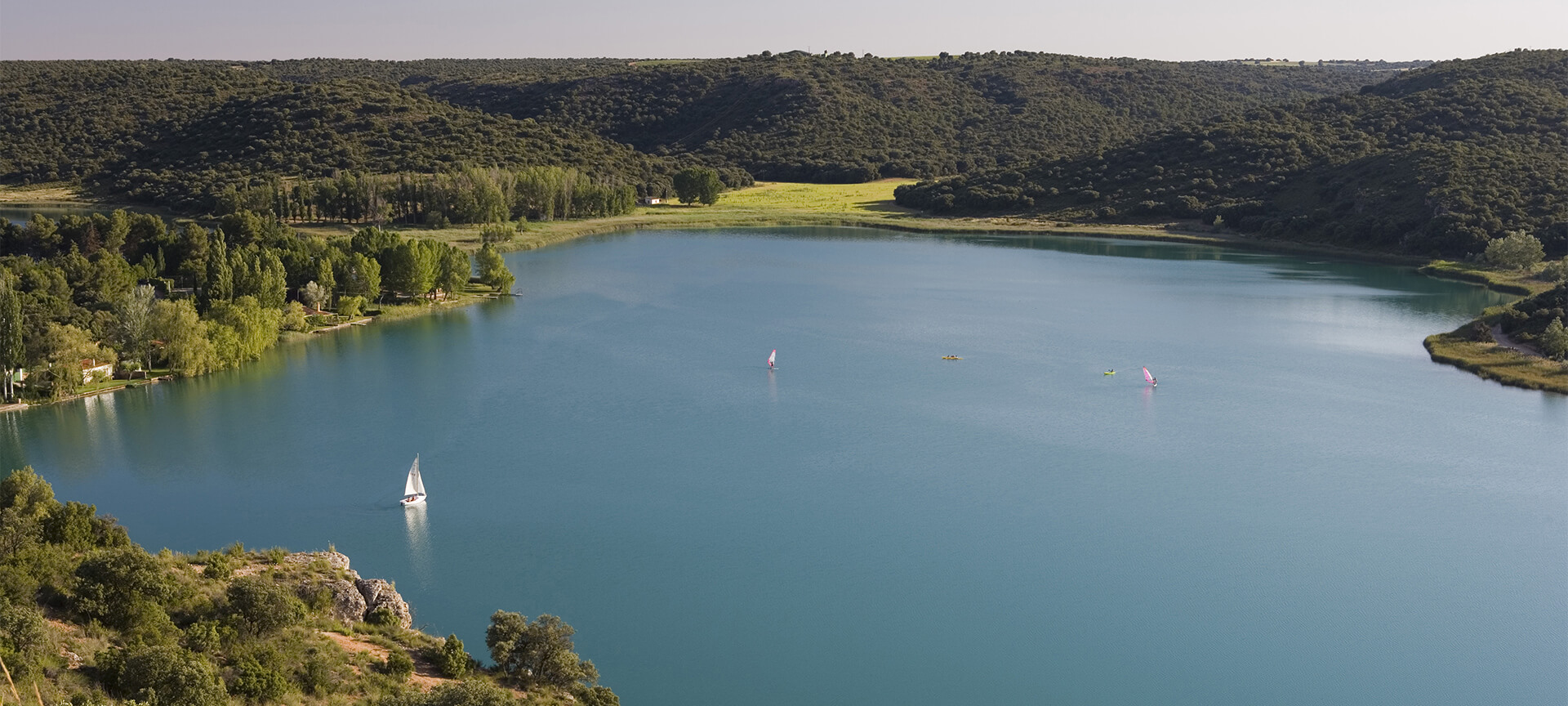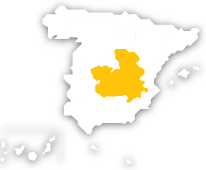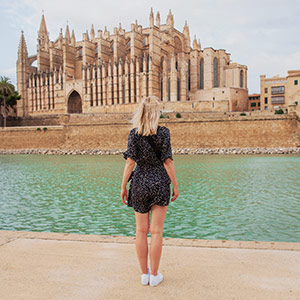
La Mancha Húmeda Biosphere Reserve

In the heart of Castilla-La Mancha
Las Tablas de Daimiel National Park, theLagunas de Ruidera Nature Reserve and the transition zone between both protected areas were declared a World Biosphere Reserve in 1980. In 2014, the UNESCO expanded the protected area to include more than 400,000 hectares of “La Mancha Húmeda”.
This World Biosphere Reserve is located in the heart of Castilla-La Mancha and is built around two protected areas: the Tablas de Daimiel and the Lagunas de Ruidera. Both parks also hold the status of Special Protection Area for Birds (SPA) and Wetland of International Importance under the Ramsar Convention. The Tablas de Daimiel are made up of marshy areas between the Guadiana and Cigüela rivers, which provide the perfect habitat for a multitude of aquatic birds. Some islands (Pan, Algeciras, Amos...) stand out, surrounded by lake and aquatic vegetation such as reeds, rushes and cattails. The only trees present are the tamarisks. Grebes, ducks, herons and kestrels, among many other species, live in these areas with weasels, otters and numerous amphibians. For their part, the Ruidera Lagoons are located in the upper Guadiana valley. This set of natural reservoirs has an interesting community of plants and a multitude of birds, including waterfowls. These aquatic formations communicate with each other through waterfalls and underground seeps, creating an environment of great scenic value. Holm oaks and white junipers appear nearby, but as humidity increases, elms and poplars emerge. And surrounding the lagoons are reeds, rushes, cattails and marsh grass. Ducks, coots and teals make up the main ornithological community in the wetland, while the Mediterranean forest is frequented by rabbits, turtledoves, partridges and foxes. Barbs are the most abundant fish.
La Mancha Húmeda Biosphere Reserve
Castilla-La Mancha
Ciudad Real (Castilla-La Mancha):
- Daimiel
- Ruidera
- Ossa de Montiel
- Alcázar de San Juan
- Alhambra
- Arenas de San Juan
- Argamasilla de Alba
- Campo de Criptana
- Herencia
- Labores, Las
- Pedro Muñoz
- Puerto Lápice
- Socuéllamos
- Villahermosa
- Villarrubia de los Ojos
- Villarta de San Juan
- Tomelloso
- Mesas, Las
- Mota del Cuervo
- Pedernoso, El
- Pedroñeras, Las
- Santa María de los Llanos
- Lillo
- Miguel Esteban
- Puebla de Almoradiel, La
- Quero
- Toboso, El
- Villacañas
- Villa de Don Fadrique, La
- Villafranca de los Caballeros
Albacete (Castilla-La Mancha):
Ciudad Real (Castilla-La Mancha):
Cuenca (Castilla-La Mancha):
Toledo (Castilla-La Mancha):
Activa JS
What you need to know
-
Cultural information
Castilla-La Mancha showcases interesting towns with traditional hamlets in these locations. Almagro, Valdepeñas, Villanueva de los Infantes, Ossa de Montiel and Alcázar de San Juan are some of the places visitors shouldn't miss.
-
Environmental information
La Mancha Húmeda is the main continental wetland on the peninsula and is home to a variety of both migratory and sedentary birdlife.
-
Information for visits
Las Tablas de Daimiel National Park. From Ciudad Real via the N-420 highway and from Manzanares via the N-430 highway you can reach Daimiel. 11 km from Daimiel, along a paved road, we arrive at the Las Tablas de Daimiel Information Centre. Approach to the Ruidera Lagoons. From Ciudad Real: drive up to Manzanares on the N-IV, then take the N-430, and pass through Membrilla, La Solana, Alhambra and Ruidera. From Albacete: Along the N-430 passing through Barrax, Munera, Sotuélamos, Ossa de Montiel and Ruidera.


